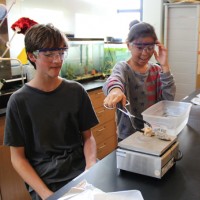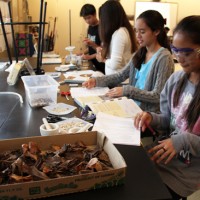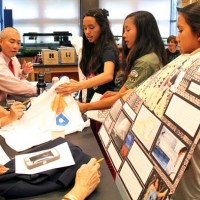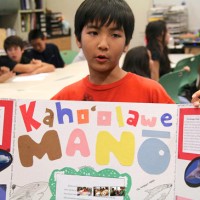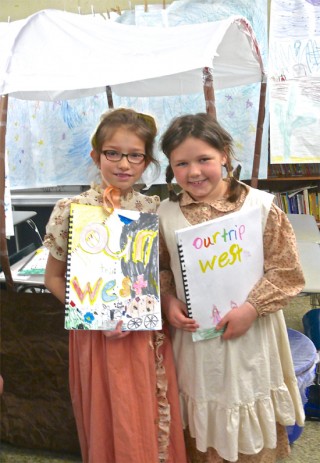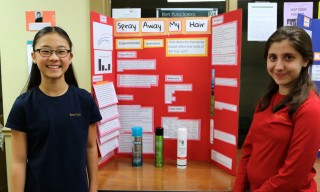Research on learning and the brain has shown that an integrated, inter-disciplinary approach to independently motivated study promotes increased engagement. That’s why all K-8 students at Punahou School now participate in inquiry-based projects.
Take the Kaho‘olawe project, during which a seventh grade team’s English, social studies, science, and math classes focused on Hawai’i’s smallest island, which suffered environmental devastation from bombing practice during and after World War II.
Working in groups, students examined such problems as erosion, acidification of the surrounding reef, and lack of water. They spoke with specialists in the field, conducted scientific experiments in class, and did outside research to design and prototype solutions. One group created clothing items with native Hawaiian themes to spread awareness. Another planted and raised ilie‘e—a native Hawaiian shrub that helps prevent erosion—near their school’s K-1 classrooms, adding a service-learning component to the experience. Others designed, built (with help from faculty, parents, and staff), and installed a rainwater catchment system in a second grade’s garden area.
Projects required hands-on skills in math and science; English and social studies were incorporated in the research and reflection stages. The teams present their projects to their class as well as a panel of educators from the school and the community.
“This inquiry project let students apply their learning to a real-life setting,” says seventh grade science teacher Jeanne Lindgren. “They can use what they’ve learned about Kaho‘olawe and take it to any place that needs restoration.”

